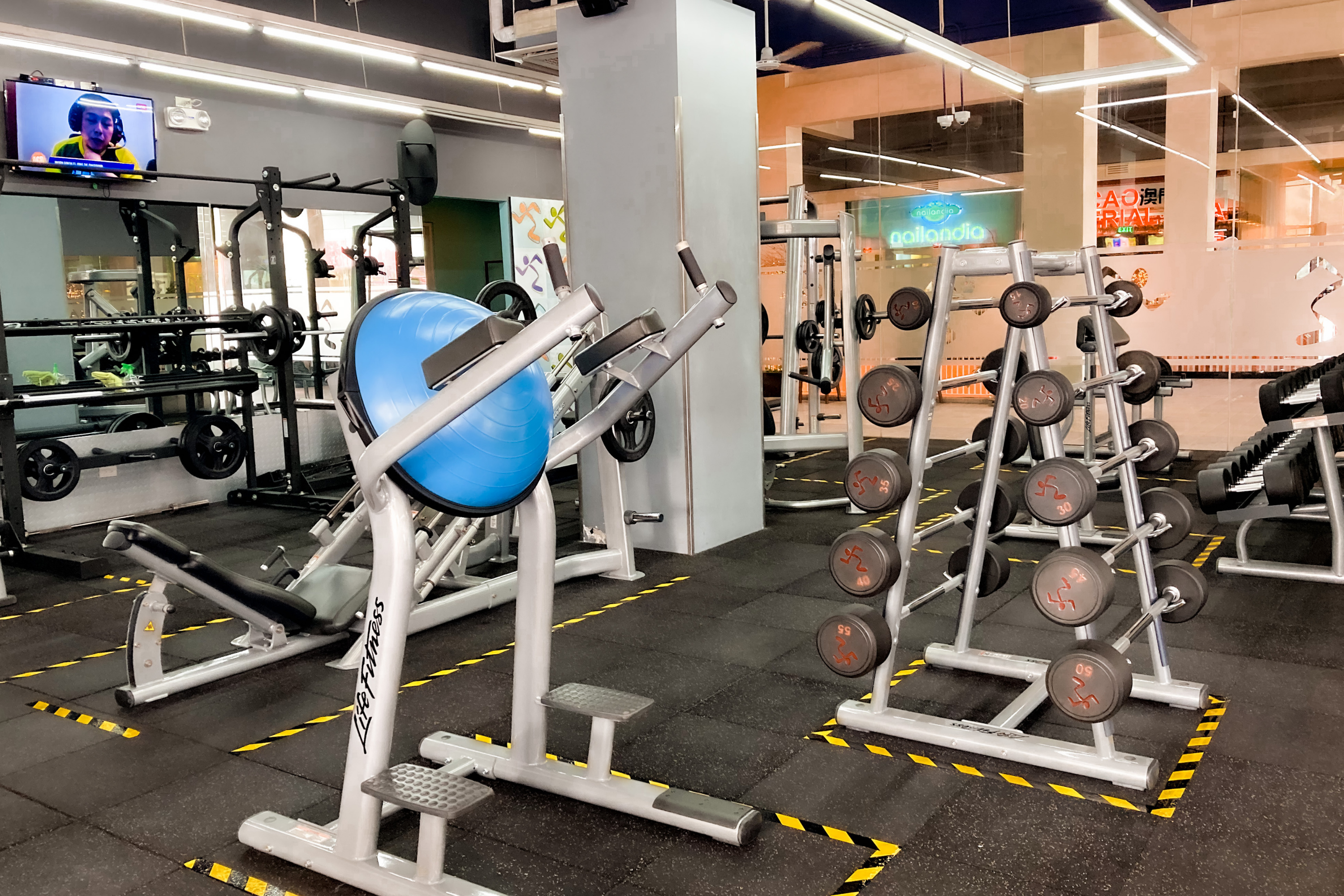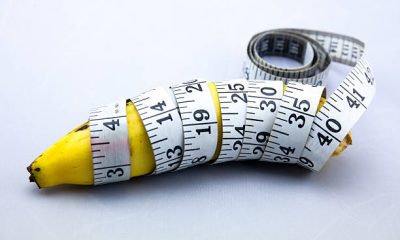Fashion & Life Styles
Maximizing Your Workouts with the Right Gym Equipment

When it comes to achieving your fitness goals, having access to the right gym equipment can make all the difference. Whether you’re a seasoned athlete or just starting on your fitness journey, the variety of gym equipments available can be overwhelming. In this guide, we will explore the essential gym equipment you should consider for your workouts, the benefits of using them, and tips on how to make the most of your gym equipment selection.
1. Cardiovascular Gym Equipment
Cardiovascular exercise is a fundamental component of any fitness routine. It helps improve your heart health, burn calories, and increase endurance. Here are some common types of cardio gym equipment:
- Treadmill: Treadmills are versatile and easy to use, making them a popular choice for cardio workouts. They allow you to walk, jog, or run at various speeds and inclines, providing a controlled and efficient way to get your heart rate up.
- Elliptical Trainer: Elliptical trainers are low-impact machines that provide a full-body workout. They are gentle on the joints, making them an excellent choice for individuals with joint issues.
- Stationary Bike: Stationary bikes offer a comfortable and effective way to get your heart pumping. They come in various forms, including upright and recumbent bikes, providing options for different fitness levels and preferences.
- Rowing Machine: Rowing machines simulate the action of rowing a boat and engage multiple muscle groups simultaneously. They are excellent for both cardiovascular fitness and strengthening your upper body.
2. Strength Training Equipment
Strength training is crucial for building muscle, increasing metabolism, and enhancing overall strength. Here are some essential strength training gym equipment:
- Free Weights: Dumbbells and barbells are versatile tools for building strength and muscle mass. They allow you to perform a wide range of exercises, including squats, deadlifts, bench presses, and curls.
- Weight Machines: Weight machines offer guided resistance training, which is ideal for beginners and those looking to isolate specific muscle groups. They can be adjusted to different resistance levels to accommodate various fitness levels.
- Kettlebells: Kettlebells are compact and versatile weights that can be used for a variety of exercises, including swings, squats, and Turkish get-ups. They challenge your stability and coordination while providing an effective workout.
- Resistance Bands: Resistance bands are portable, affordable, and excellent for targeted muscle training. They come in different resistance levels and are perfect for home workouts or when you’re on the go.
3. Functional Fitness Equipment
Functional fitness equipment focuses on movements that mimic real-life activities, improving your ability to perform everyday tasks and preventing injuries. Here are some pieces of functional fitness equipment to consider:
- Medicine Balls: Medicine balls are versatile tools for dynamic workouts. They can be used for core exercises, rotational movements, and various forms of throws and catches.
- BOSU Ball: The BOSU (Both Sides Up) ball is a versatile balance tool that can be used for a wide range of exercises, including balance training, stability work, and core strengthening.
- Suspension Trainer: Suspension trainers like TRX provide a full-body workout by leveraging your own body weight. They are highly adjustable and can be used for both strength and flexibility training.
4. Flexibility and Mobility Equipment
Flexibility and mobility play a crucial role in overall fitness and injury prevention. Here are some gym equipment options to improve your flexibility and mobility:
- Foam Roller: Foam rolling is a form of self-myofascial release that helps alleviate muscle tightness and improve flexibility. A foam roller is a simple yet effective tool for this purpose.
- Yoga Mat and Accessories: A good quality yoga mat is essential for yoga and stretching exercises. Yoga blocks and straps can help enhance your flexibility and support proper alignment during yoga poses.
5. Accessories and Extras
In addition to the main categories of gym equipment, there are various accessories and extras that can enhance your workout experience:
- Gloves and Straps: Weightlifting gloves and lifting straps can provide better grip and wrist support, especially during heavy lifting exercises.
- Heart Rate Monitor: Tracking your heart rate during workouts is essential for optimizing your training and ensuring you’re working in your target heart rate zone.
- Music and Entertainment Systems: Many gyms offer entertainment options such as TVs, music systems, and streaming services to make your workouts more enjoyable and motivating.
Benefits of Using Gym Equipment
- Customizable Workouts: Gym equipment provides a range of settings and options to tailor your workouts to your specific needs and fitness levels. This customization allows you to progressively challenge yourself and avoid plateaus.
- Safety and Guidance: Many machines offer built-in safety features, making them suitable for beginners. Additionally, they provide proper guidance on form and range of motion, reducing the risk of injury.
- Efficiency: Gym equipment allows you to target specific muscle groups with precision, maximizing the effectiveness of your workouts. This is particularly important for bodybuilders and those working on specific fitness goals.
- Variety: The availability of a wide range of equipment ensures that you can change your routine regularly, preventing boredom and helping you stay motivated.
Maximizing Your Gym Equipment Selection
To get the most out of your gym equipment, consider the following tips:
- Consult a Fitness Professional: If you’re new to exercise or unsure about which equipment to use, consider consulting a fitness professional. They can help you create a personalized workout plan based on your goals and preferences.
- Proper Form and Technique: Learn the correct form and technique for each exercise to maximize your results and minimize the risk of injury. Many gyms offer introductory classes or personal training sessions to help with this.
- Set Realistic Goals: Be clear about your fitness goals and design your workouts accordingly. Whether it’s weight loss, muscle gain, or improved endurance, having specific objectives will guide your equipment choices and exercise selection.
- Progressive Overload: To continually see improvements, increase the intensity of your workouts over time. This can be done by increasing the weight, resistance, or duration of your exercises.
- Rest and Recovery: Adequate rest and recovery are crucial for muscle growth and overall well-being. Listen to your body, get enough sleep, and incorporate rest days into your workout routine.
Conclusion
In conclusion, the right gym equipment can be a game-changer in your fitness journey. Whether you’re focusing on cardiovascular health, strength training, functional fitness, flexibility, or mobility, there’s a wide array of gym equipment to suit your needs. By choosing the right equipment and using it effectively, you can maximize your workouts, achieve your fitness goals, and lead a healthier, more active lifestyle. Remember to consult with fitness professionals, maintain proper form, set realistic goals, and prioritize recovery to ensure your success in the gym.












